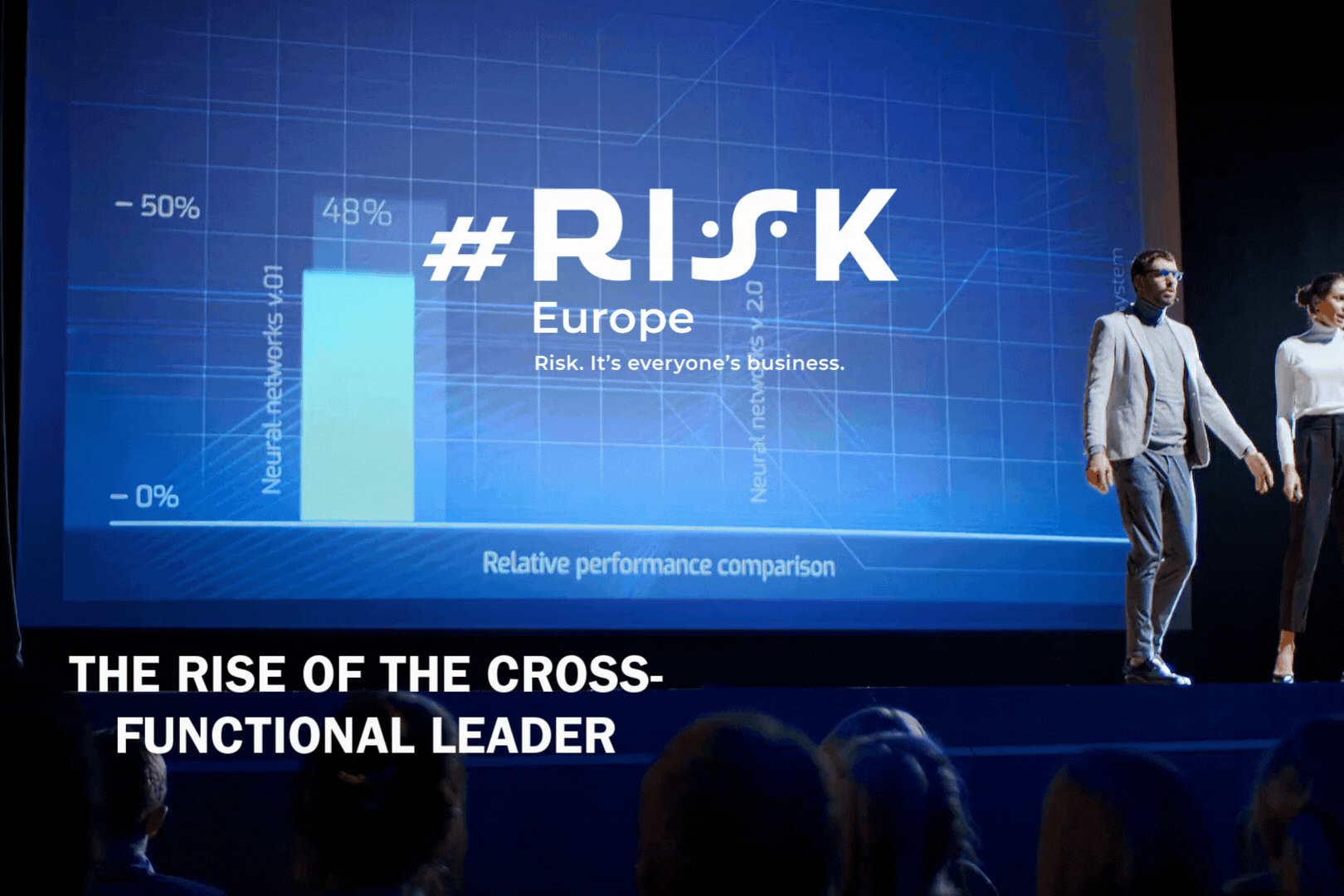A new report into fraud on financial institutions in the US and Canada has found that many sector organisations are continuing to foot big bills as a result of the criminal activity.

The research released by Lexis Nexis Risk Solutions examines fraud trends and key pain points related to adding new payment mechanisms, transacting through online and mobile channels and international expansion.
Based on responses from more than 500 risk and fraud management executives given in August and September 2021, the report reveals that fraud costs and attack volumes have remained significantly higher compared to before the pandemic. US banks and mortgage lenders are experiencing much of the increase in both areas, as is the mobile channel.
According to the report, the cost of fraud for US financial services and lending firms has increased between 6.7% and 9.9% compared with before the pandemic. Every $1 of fraud loss now costs U.S. financial services firms $4.00, compared to $3.25 in 2019 and $3.64 in 2020.
While the situation is fractionally less grave for Canadian financial services firms, they have still experienced a sharper year-over-year rise of 15.5%. The LexisNexis Fraud Multiplier for U.S. lenders is now $4.16, compared to $3.90 in early 2020 and $4.00 for Canadian lenders, up 12.4% prior to the pandemic.
Key fraud trends in financial services and lending
The report found that Mortgage lenders have been seriously impacted by fraud, with mortgage lending fraud costs now 23.5% higher than just before the pandemic hit in early 2020.
These costs continue to be higher than other segments. Attacks on larger mortgage lenders have increased in recent years, particularly among those originating loans through online and mobile channels. While slightly down from the early pandemic spike, every $1 of mortgage lending fraud loss costs $4.40.
The mobile channel continues to impact higher fraud costs and volumes, as financial services and lending firms say that criminals have targeted this channel for fraud during the pandemic.
As banks and mortgage lenders have conducted more transactions through the mobile channel, these firms have also begun to attribute more of their fraud costs to it. More than half of respondents representing U.S. banks and credit lenders surveyed indicate a 10% or greater increase in mobile channel fraud this year.
There is also a significant percentage rise across financial services and lending firms for malicious bot transactions. It is difficult to identify such bots and other types of fraudulent transactions involving synthetic identities without support from digital identity and transaction fraud detection solutions.
Christopher Schnieper, director of fraud and identity at LexisNexis Risk Solutions, said:
“The foreseeable future is unclear about the new normal. With the accelerated movement to online/mobile transactions and payments, financial services and lending firms must continue to build out and enhance the digital customer experience while protecting against fraud.
“Fraud prevention must assess both physical and digital identity attributes as well as the risk of the transaction. It is difficult for even the best trained professional to detect the increasingly sophisticated crime occurring in the remote digital channels without the aid of solutions that detect digital behaviors, anomalies, device risk and synthetic identities,” Schnieper continued.
“According to the study, the financial services and lending firms doing this – along with fully integrating cybersecurity operations, the digital customer experience and fraud prevention – tend to have a lower cost of fraud and fewer challenges,” Schnieper added.











No comments yet